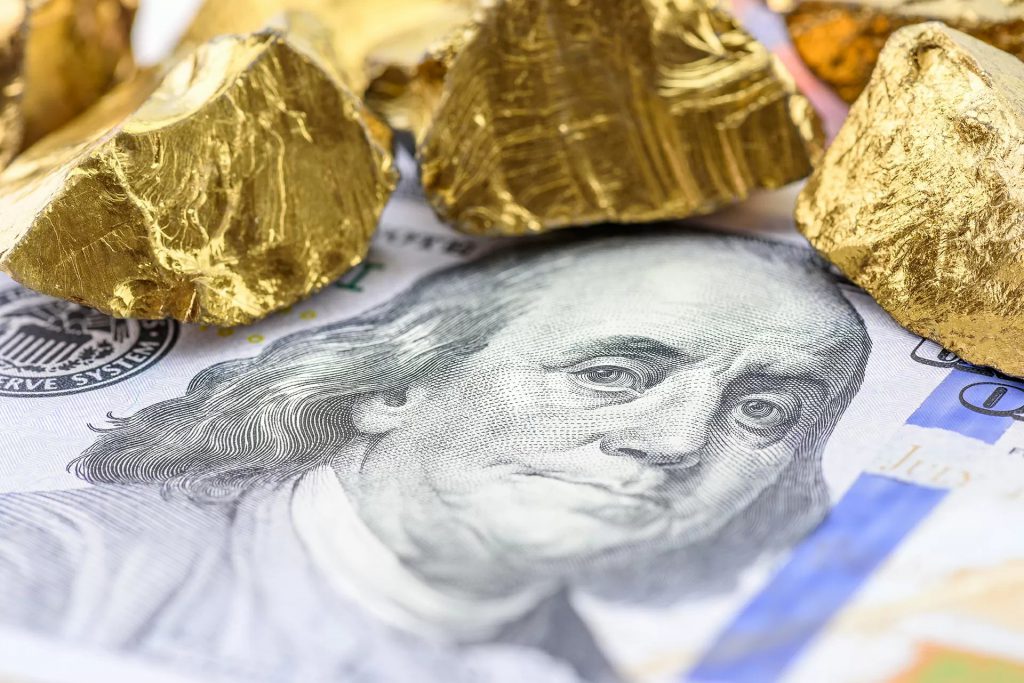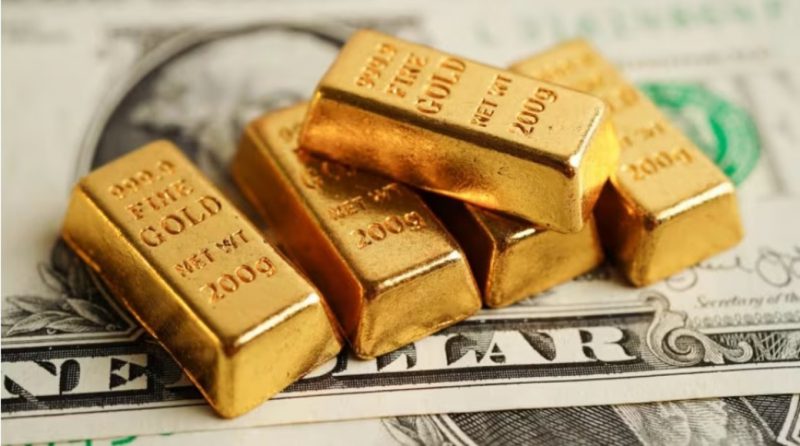Gold prices hit an all-time high of $2,446 on Monday making it the most profitable asset in the commodity markets. The XAU/USD chart turned green today as prices skyrocketed to new highs leading to investors reaping a handful of profits.
Also Read: U.S. Stock Market Has Dominated the World For 120 Years
However, the prices briefly cooled down after touching a new high as gold prices are hovering around the $2,416 level. Experts predict that a rally is on the cards and the precious metal has a good chance of breaching the $2,500 level next. If it continues to maintain the positive momentum, then a swing towards the $2,500 level could be achieved in less than a month.
Gold Prices Hit $2,446: Why Is the Precious Metal Rising?


Four key events led to gold prices reaching the $2,446 mark in the charts on Monday’s trade. The events that pushed the precious metal to touch new highs are:
- US inflation and Federal Reserve expectations
- Increased geopolitical tensions after Iranian President Ebrahim Raisi’s sudden demise
- China’s influence
- Accumulation spree from investors, funds, and central banks
Also Read: 10 ASEAN Countries To Ditch the U.S. Dollar
Firstly, the US dollar dipped after the Labor Department published the jobs report which fell short of expectations. Employers in the US created only 173,000 jobs last month against the expected 245,000 job openings. As the US dollar dipped, gold prices surged in value as investors flocked towards it for profits.
Secondly, the sudden demise of Iran’s President Ebrahim Raisi led to increased geopolitical tensions as uncertainty about his death prevails. Investors found gold to be a safer option and not the US dollar and stocks as they could turn volatile amid tensions.
Also Read: Asian Hedge Funds Are Massively Accumulating the U.S. Dollar
Thirdly, China dumped $53.3 billion worth of US treasuries and purchased gold instead. This pushed gold prices up making it breach the $2,400 mark.
Finally, gold is attracting heavy bullish sentiments in the markets as it is being accumulated by retail investors, institutional funds, and central banks of developing countries, and these are also driving the prices up.





